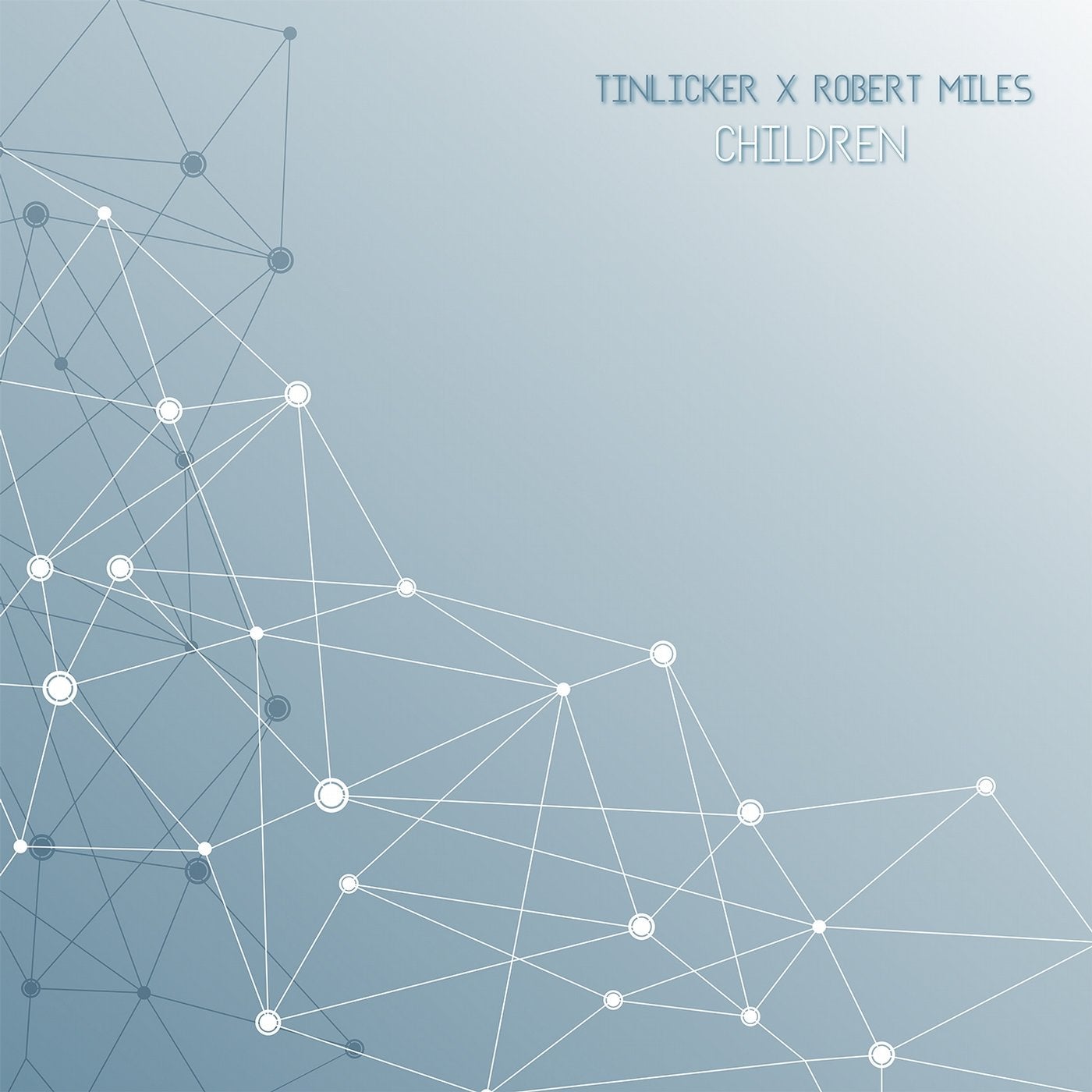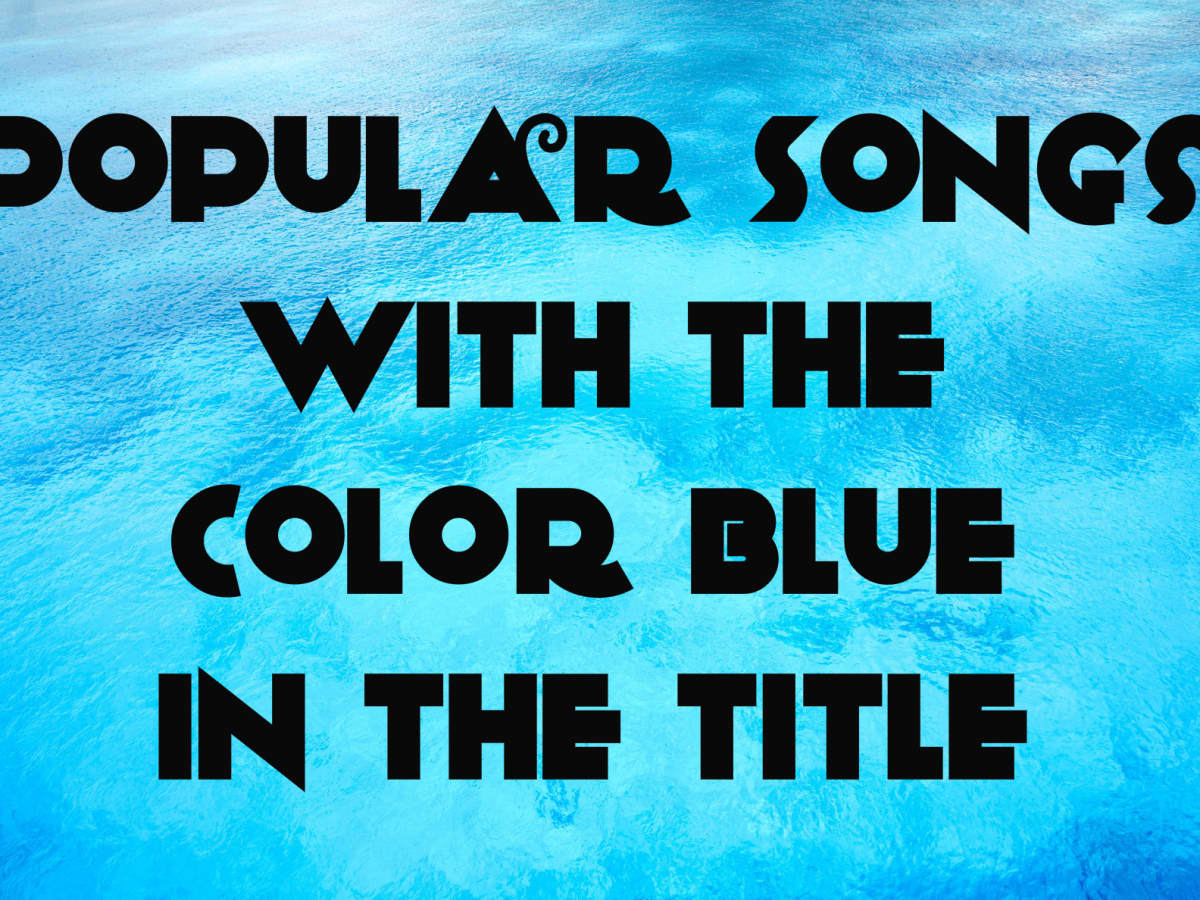Robert Moses State Park Clear Sky Chart. State Park and the surroundings out to about 10 miles. What color the sky is likely to be, with Dark blue being clear. They cheered and took photos as it crossed the blue sky. Robert Thomas, a veterans hospital X-ray tech, was there with his wife, Marsha Colbert. It logged 123 million miles in space. Robert Handler grew up in Manhattan during the 1950's and 60's. He developed his current style of art after traveling throughout Europe, Canada, and the States, observing the unique architecture of each area. His thoughts and concentration continued to return to the architecture of the cities he visited, with special emphasis on the differences. System f-out of the blue 808 state-pacific paul oakenfoald-calling the angels paul oakenfoald ft louie devito- castles in the sky robert miles-children n-trance-set you free smith&pledger-forever southside spinners-luvstruck krezip-stay svenson-sunligth theory 4 strings-take me away kklass ft kinane-talk to me underworld-born slippy. A bright blue sky for a hundred miles west ended the day. Cool mountain breezes, from the snowcapped Sierras, blew across the lowlands. A short hike to the edge of town, Alex and John searched for the house known as “Decay and Splendor.” Hidden among a neighborhood of pines, the gothic manor sat empty and foreboding.
- Blue Sky Robert Miles Quotes
- Blue Sky Robert Miles Davis
- Blue Sky Robert Milestone
- Blue Sky Robert Miles Youtube
Here’s the latest reread of Heinlein’s works, as Mark goes through the Virginia Edition series.
And this one is the most personal (so far) for me. Tunnel in the Sky was the first ‘proper’ SF book to grab my attention when I was about 8-9. It was this book that determined that I would spend the next forty-plus years reading the stuff, and continuing to enjoy it (on the whole.) In essence, it was this book that pretty much put me where I am today.
I still have my original copy, a rather battered second-hand hardback Gollancz edition (see picture below.)
Clearly then, on a re-read (and it’s about twenty years or so since I read it last), Tunnel in the Sky has a lot to live up to. It may also be the reason why it’s taken me a little time to work up to it – indeed, I’ve skipped ahead and after reading The Star Beast have gone onto Double Star rather than face this one.
But I must admit I was quite excited to re-read an old friend.
To the plot, then: Rod Walker is a high school student who, as part of his Advanced Survival studies, has to live on an unknown and uncivilised planet for anything between two and ten days in order to pass his course. This is achievable through the Ramsbottom Jump, a portal that allows Earth colonists to travel near-instantaneously to other planets.
Rod and his classmates jump individually to their mysterious destination to find that it is not what they expected. Rod is ambushed and left for dead on his second day of arrival. When he recovers, Rod realises that they have not been picked up, as expected, after ten days. Tunnel in the Sky then becomes a tale of personal and group survival on a strange world, not knowing if or when the students will ever be retrieved.
There is a definite Lord of the Flies-vibe here, which was published the year before Tunnel. The two being published near each other is coincidental, although it can be said that their theme is similar, in that both books show how children, or young adults, adapt to living in adult-less society and have to make it on their own. There the similarities stop though, as their outcomes are quite different.
Whereas Golding’s book depicts a decline of civil behaviour and a descent into the basest of behaviours, Heinlein here continues his now-typical theme of young adults working together to create the best of a bad situation. When faced with adversity, Rod and his compatriots thrive and manage through values of honour, loyalty and camaraderie to create a better world order than Golding’s. It is, in the end, an exercise in Darwinism, that only by working for the common good can we survive:
“… no more rough language around camp. We’re going to be civilised if it kills us.”
Reading the books pretty much in order, as I have been on this intermittent series, I now see where Tunnel in the Sky fits into the Heinlein pantheon. It is a consistent extension of what has gone before – Tunnel in the Sky is another logical step onwards from Red Planet, Space Cadet and The Space Beast. As in the previous novels we have the high school hero, the situation that puts him in jeopardy and the alien environment to explore, not to mention aliens to meet.
In addition, our wise old sage, mentor, and combat veteran (see also Starship Troopers at a later date) this time around is Doctor ‘Deacon’ Matson, a rather curmudgeonly lecturer who seems happy to lecture and then dismiss students from the course as he sees fit. He promptly tells Rod at the beginning of the book that, in his opinion, Rod isn’t ready for solo Advanced Survival:

“Rod, you’re a good boy… but sometimes that isn’t enough.” (page 6)
Clearly the tale here proves Matson wrong. If Space Family Stone took us to the limits of the Solar System, then Tunnel in the Sky takes us to potentially another galaxy altogether. The exploration expands in scale whilst the core values remain as constants.
As an aside, there were a couple of mentions of things in other Heinlein tales I noticed, which further emphasised to me the idea that all of his stories at this point fit into a kind of Future History. Here is where we get further references of torch ships, the fastest spaceships, first mentioned in Farmer in the Sky (1950) and something that Heinlein will use again in his later novels Time for the Stars (1956) and Double Star (1957). I also liked the mention of slideways – rolling pavements I first read of in Heinlein’s story The Roads Must Roll (1940).
Having said that, there are elements of the traditional template here, it must also be said that Heinlein is still pushing to include elements that are different. Everything is not all perfection, nor morally righteous here. It is actually quite alarming that Rod finds another student dead on his arrival, something which probably wouldn’t be acceptable in today’s 21st century academic curriculum.
It was also a bit of a surprise to find Rod attacked and stripped of his equipment almost as soon as he arrives. Boy Scout values they are not, although Rod deals with the situation as befitting a person with principles.

I now realise that the attack may be for reasons that I didn’t understand when I first read the book, and this creates a whole new level of understanding for me.
In the Introduction, written by Robert James and William H Patterson, Robert & William point out how annoyed Heinlein’s librarian ‘nemesis’, Alice Dalgleish, was when she found out that the book’s lead character Rod Walker, was coloured – a fact which passed many readers (including me) by. (There’s the odd thing noticeable now – at one point Rod is called a ‘cholo’ in a fight – a term I was not familiar with, but is evidently a slang name for someone of Mexican-American origin.)
In 1955 this was a rather dangerous thing to do, and I’m sure Ms Dalgleish was only thinking of how it would affect sales of Heinlein’s novels in the race-divided areas of the US, but for Heinlein it was another minor victory against what he saw as the relentless re-editing of his work. It may also turn what I originally saw as an attack for survival into a race-related attack, something I just didn’t see first time around.
Which brings us to the topic of Politics. Well, it must be said that it is there. At this stage of Heinlein’s career, though, it is not too lecture-like, and fairly straightforward. Heinlein does have things to say about the importance of law, order and democracy – creating a government, a mayor and so on – even though my nine-year-old brain happily seems to have skipped past most of these points. To a teenager I can see that they would be both educational and enlightening.
It is interesting to read Heinlein’s take on the idea of government here. By creating a charismatic and communicative leader in the form of Grant Cowper, Heinlein creates someone who is often in opposition to our ‘hero’, Rod. Interestingly, RAH does not automatically make Rod the leader of the fifty-plus group – in fact, Rod is outvoted on more than one occasion. By doing so, Heinlein makes a valid point about the ideology of government and society (“The greatest invention of Mankind is Government”, his characters say at one point) whilst at the same time having a not-so-subtle dig at administrational bureaucracy:
Blue Sky Robert Miles Quotes
“Boy, there was a politician! I never liked him – he had kissed so many babies his lips were puckered.”
As ever, Heinlein seems determined to push things a little here. Rod’s sister, Helen, who we meet briefly before Rod’s departure is a trained combat veteran, an assault captain in the Amazons Corps and the leader of ‘Walker’s Werewolves’, an idea that may have seemed less likely – even shocking – in 1955 than now.
Reading it as an adult, it is clear that, with hindsight, Tunnel in the Sky shows what Heinlein was supremely good at, at this stage of his career – writing a book that works on a variety of levels, and that is both entertaining and educational, without being too preachy. There’s clearly a lot more going on than my young mind of nearly forty years ago would have perceived, but the tale was obviously exciting enough for me to read and re-read into my early teens.
The ending is a positive one, although it must be said that if it had finished in the chapter before, it would have been very different. There are moments at the end that I found still quite emotional, a major achievement in a book of less than 200 pages.
My biggest complaint was the all-too-regular references and comments about ‘stobor’ (try reading it backwards, as some kind of RAH in-joke.) From early in the book, when Rod’s mentor writes “Watch out for stobor” in the student’s instructions , to the naming of dangerous animals and… well, the use of the term for pretty much anything strange and unusual, the nomenclature gets tiring pretty quickly. Strangely, I don’t remember the word at all from my previous readings, but it grated almost immediately this time around. C’est la vie.
However, by this stage it is also becoming pretty clear that Heinlein is ready to move on from writing the juveniles. His original objective, that of educating through entertainment, has been achieved by this stage and his interests were now quite clearly towards an adult book market. Not only would the money be more lucrative there, but it would be there that Heinlein could extrapolate his ideas in a more reasoned and fuller way. Although we still have a couple left to go, I did notice here, more than ever before, that what we now refer to as Heinlein’s juvenile period has clearly passed its zenith. Like the teenagers of the novel, Heinlein is undoubtedly outgrowing his original remit.
In the end I’m pleased I re-read this one. I think I was lucky I started with Tunnel in the Sky as my first ‘proper’ science fiction book – nearly forty years later it still has some great ideas, creates an exciting world to inspire that sense of wonder and has a narrative pull that makes it a great read. Though it may have dated in some aspects, nearly sixty years on from its first publication there’s still a lot in Tunnel in the Sky to enjoy and discover.
Next: Time For the Stars.
Tunnel in the Sky by Robert A. Heinlein
Volume XVIII of the Virginia Edition series, published December 2008.
First published in 1955 by Scribner’s.

Blue Sky Robert Miles Davis
ISBN: 978 1 897350 232
Blue Sky Robert Milestone
198 pages
Blue Sky Robert Miles Youtube

Mark Yon, December 2014